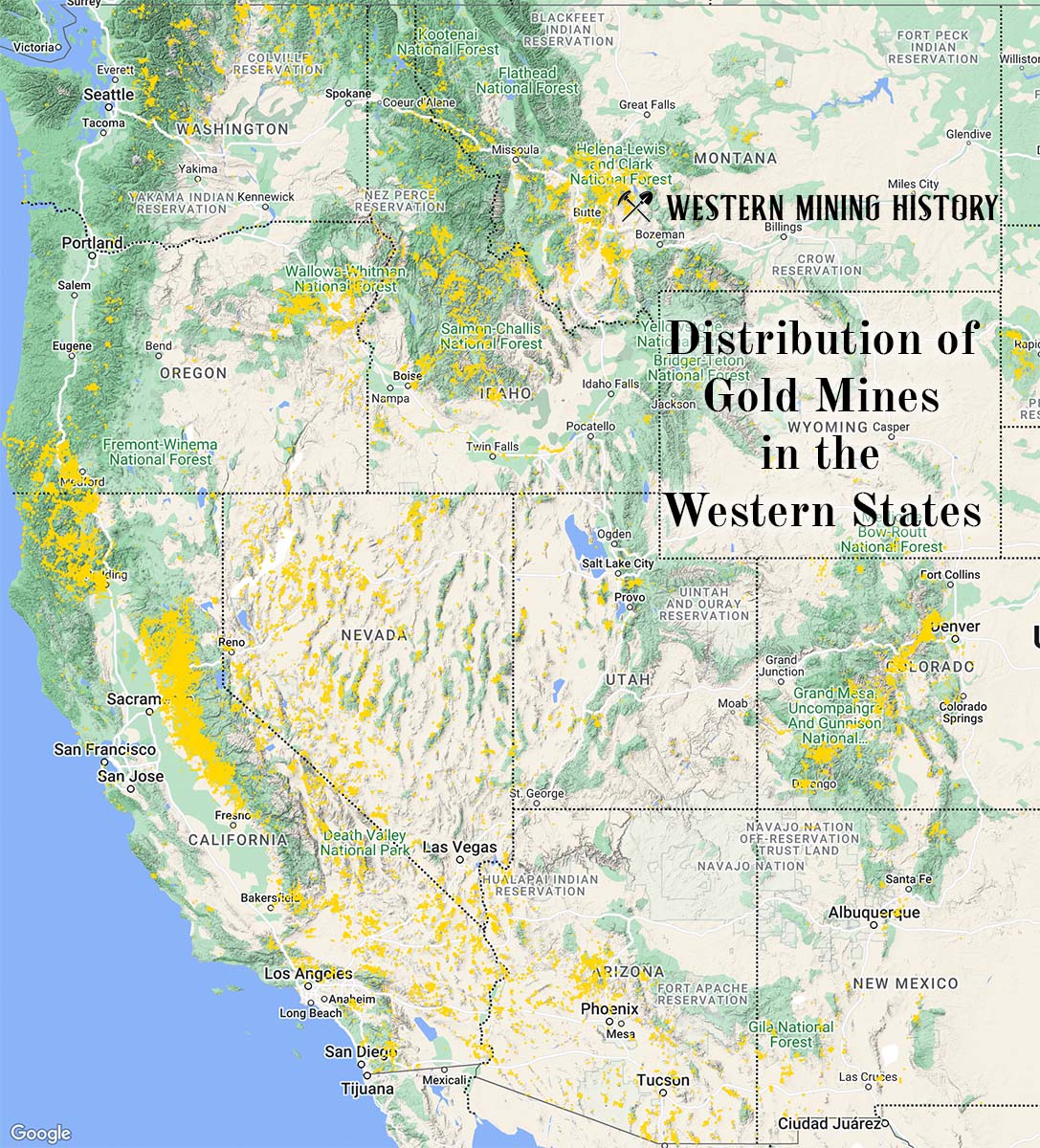The Mary Margaret is a mercury mine located in Alaska.
About the MRDS Data:
All mine locations were obtained from the USGS Mineral Resources Data System. The locations and other information in this database have not been verified for accuracy. It should be assumed that all mines are on private property.
Mine Info
Mary Margaret MRDS details
Site Name
Primary: Mary Margaret
Secondary: Coxcomb
Commodity
Primary: Mercury
Secondary: Antimony
Location
State: Alaska
District: McGrath
Land Status
Not available
Holdings
Not available
Workings
Not available
Ownership
Not available
Production
Not available
Deposit
Record Type: Site
Operation Category: Prospect
Operation Type: Unknown
Years of Production:
Organization:
Significant:
Physiography
Not available
Mineral Deposit Model
Model Name: Hot-spring Hg
Orebody
Not available
Structure
Not available
Alterations
Alteration Type: L
Alteration Text: Oxidation of stibnite mineralization to stibiconite.
Rocks
Name: Limestone
Role: Host
Age Type: Host Rock
Age Young: Late Ordovician
Analytical Data
Not available
Materials
Ore: Cinnabar
Ore: Stibiconite
Ore: Stibnite
Gangue: Calcite
Gangue: Quartz
Comments
Comment (Workings): Workings / Exploration = Only surface sampling has been conducted at the prospect. Selected samples contain from 2 to 13 percent mercury and up to 0.5 percent antimony, but no precious metals.
Comment (Deposit): Model Name = Hot Springs mercury (?) (Cox and Singer, 1986; model 27a).
Comment (Reference): Primary Reference = Sainsbury and MacKevett, 1965
Comment (Geology): Geologic Description = The Mary Margaret prospect consists of cinnabar, quartz, carbonate and minor stibnite in brecciated limestone of the Early Devonian Cheeneetnuk limestone (Blodgett and Gilbert, 1983). The unit overlies the Dillinger subterrane, a lower Paleozoic continental margin assemblage (Bundtzen and others, 1997). ? On the bluff south of the Cheeneetnuk River, two mineralized fracture orientations were measured: (1) a strike of N50E, with a dip of 70SE; and (2) a strike of N65E with a dip of 30SE. The fracture system can be traced for a strike length of about 20 meters before disappearing under vegetation. The cinnabar veinlets average about 5 cm thick and exhibit an exceptional bright red color similar to cinnabar at the Mountain Top Mine described by Miller and others (1989) in the Sleetmute quadrangle.? At the creek level, a cold water sulfur spring that flows from fractured limestone in the area is depositing black, foul-smelling mud that contains Hg. Selected samples of ore contain from 2 to 13 percent mercury and up to 0.5 percent antimony, but with no precious metal values. The cinnabar to stibnite ratio averages about 10 to 1 (T.K. Bundtzen, written communication, 1989).
Comment (Exploration): Status = Inactive
Comment (Deposit): Other Comments = the Mary Margaret prospect formed near or in an unnamed strand of the Farewell-Denali fault system (Gilbert, 1981).
References
Reference (Deposit): Sainsbury, C.L. and MacKevett, E.M., Jr., 1965, Quicksilver deposits of southwestern Alaska: U.S. Geological Survey Bulletin 1187, 89 p.
Reference (Deposit): Maloney, R.P., 1967, Investigations of the White Mountain mercury deposit, Kuskokwim River basin, Alaska: U.S. Bureau of Mines Report of Investigations 6892, 94 pages.
Reference (Deposit): Gilbert, W.G., 1981, Preliminary geologic map of the Cheeneetnuk River area, Alaska: Alaska Division of Geological and Geophysical Surveys Open-File Report 153, 19 pages, 2 sheets, 1:63,360 scale.
Reference (Deposit): Blodgett, R.B., and Gilbert, W.G., 1983, The Cheeneetnuk Limestone, a new Early(?) to Middle Devonian formation in the McGrath A-4 and A-5 quadrangles, west-central Alaska: Alaska Division of Geological and Geophysical Surveys Professional Report 85, 6 pages, one sheet, 1:63,360 scale.
Reference (Deposit): Bundtzen, T.K., Harris, E.E., and Gilbert, W.G., 1997, Geologic Map of the eastern McGrath quadrangle, Alaska: Alaska Division of Geological and Geophysical Surveys Report of Investigations 97-14, 34 pages, one sheet, scale 1:125,000.
Reference (Deposit): Cobb, E.H., 1972, Metallic mineral resources map of the McGrath quadrangle, Alaska: U.S. Geological Survey Miscellaneous Field Studies Map MF-379, 1 sheet, 1:250,000 scale.
The Top Ten Gold Producing States

These ten states contributed the most to the gold production that built the West from 1848 through the 1930s. The Top Ten Gold Producing States.